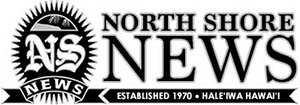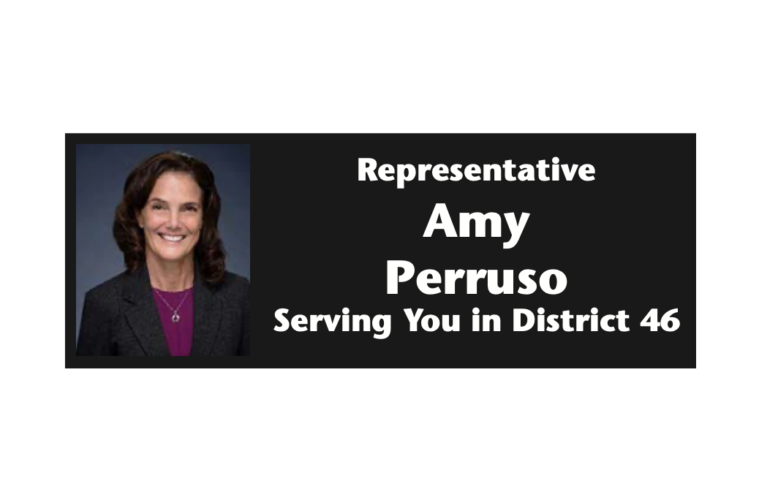In a world facing the urgent crises of climate change, social inequity, economic instability and deeply traumatizing levels of violence, the ‘Āina Aloha Economic Futures Declaration offers a beacon of hope. This collaborative work not only calls for change; it demands a reimagining of Hawaii’s social fabric, with Native Hawaiian culture and values as guiding stars. It is a comprehensive blueprint for a sustainable, just, and resilient Hawai‘i that cherishes its land, water, oceans, skies, and biodiversity not as mere resources but as sacred trusts.
At the heart of this declaration is the understanding that the ‘āina is more than land, and that it is to be served with reverence and care. This traditional wisdom, ‘ike kūpuna, is not just ancestral knowledge; it is a sophisticated ecological intelligence critical for our survival. In recognizing this, we must also acknowledge the injustices wrought upon ‘Ōiwi Hawai‘i, whose rights to water and land have been historically trampled. Rectifying these wrongs is not an act of charity; it is a restoration of balance, an mperative for environmental vibrancy and community cohesion.
To embrace ‘āina aloha is to commit to an economy that sustains rather than depletes, that regenerates rather than exploits. This means fostering local food production and energy sustainability. It means cultivating a circular economy where economic growth does not ravage the environment but enriches it. This paradigm shift is not just possible; it is necessary. It requires a housing market that prioritizes residents, not investors; an economy that values meaningful work with livable wages; and leadership that prioritizes long-term ecological and social health over short-term profit and power.
The Huliau Action Agenda is not shy in calling for a transformation in tourism, proposing a regenerative model that respects Hawaiian cultural integrity, sustains local communities, and commits to environmental stewardship. Visitors must become participants in this ecosystem, embracing their kuleana to the islands from the moment they arrive.
Yet, ‘Āina Aloha vision goes beyond environmental stewardship and cultural respect. It encompasses a society where hoʻokipa is genuine and reciprocal, where ‘ohana and communities can engage in traditional practices without hindrance, where public spaces are safe and accessible and where economic systems support a regenerative and zero-waste lifestyle. It envisions a community where healthcare, education, and technology are accessible to all, where transportation is clean and efficient, and where housing is both affordable and sustainable.
This document also rightly calls for leadership that listens, supports, and acts—not for personal gain but for the collective future. Leaders must ensure that kānaka maoli legal and inherent rights are not just acknowledged but fully realized, recognizing that their well-being is inseparable from the health of the islands.
In this spirit, the Huliau Action Agenda challenges us to seek alternative economic paradigms, ones that value the health of our communities and our environment over fiscal metrics. It urges us to foster small agricultural entities, to develop energy and waste policies that empower self-reliance, and to create incentives for businesses that are community-owned and environmentally regenerative.
The ‘Āina Aloha declaration is a profound call to action (www.ainaalohafutures.com/). It asks us to look back at the wisdom of those who came before us and to chart a course forward that honors and sustains this wisdom. The world is watching, and it is time for Hawai‘i to lead the way as we move into 2024.



